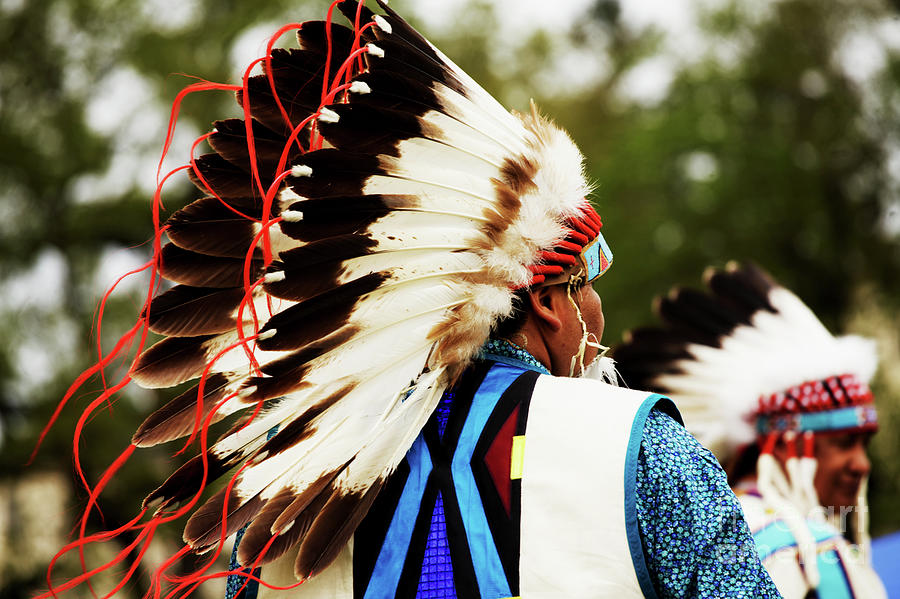Photographers like to save their photos in a format which will work for many years to come. So what format is that? TIFF? JPG? RAW? What do you save yours in? Most of us save in the standard JPG, but some of us have decided to move to RAW. Is that the answer?
Formats ought to be a simple approach for saving image files. But we choose different formats. Or our cameras choose them for us. Every camera manufacturer ought to make it simple for us to convert an image file no matter their particular format to a standard format, but they don't. It's called proprietary use. What is the format for saving image files that is universal? It's called DNG, by Adobe. Why is that important?
What happens when we save to our preferred format? Nothing so long as we don't change cameras or computers. We could conceivably save them and open them forever, well for a long time. But, if we shoot and save in RAW, then as soon as we change camera models, or we upgrade our Macs or PC's we run the risk of not being able to open them. Seems compatibility is the issue.
Adobe has issued the DNG format to help solve this issue. Once we have shot in JPG or TIFF or RAW, we can then convert to DNG, a universal, format, and know that in the future our new PC or Mac will reliably open and then re-convert to any format we choose. This is important for those of us who care about being able to create another use for our images, according to the format of choice at the time. I sell my images both locally and online and though many of the websites and buyers prefer one format over another. some are particular about the use of another format. In these cases DNG is especially useful because in the years ahead, a website's preferences may change. They may have a need for a buyer's preferences which the DNG format would be able to solve.
The DNG format is becoming a widely accepted norm among not only among software but hardware manufacturers such as Apple, Leica and Samsung. Here's a read from Adobe about the benefits:
Key benefits for photographers:
- DNG format helps promote archival confidence, since digital-imaging software solutions will be able to open raw files more easily in the future.
- A single raw processing solution enables a more efficient workflow when handling raw files from multiple camera models and manufacturers.
- A publicly documented and readily available specification can be easily adopted by camera manufacturers and updated to accommodate technology changes.
http://www.adobe.com/products/dng/index.html
We might ask, what are your preferences?




No comments:
Post a Comment
Comments